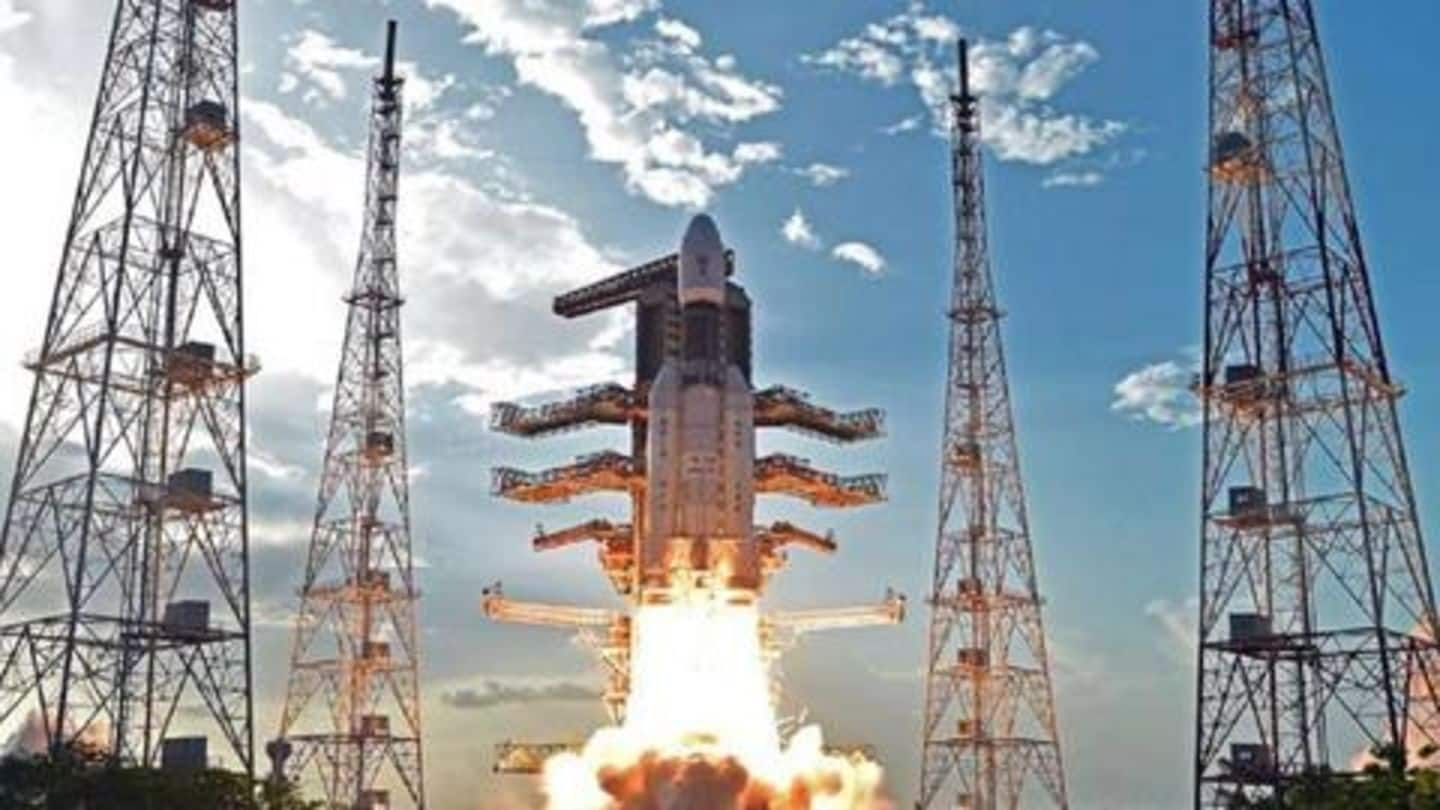
Chandrayaan-2: ISRO will use these high-tech instruments on moon mission
What's the story
On July 15, ISRO will launch Chandrayaan-2, its second mission to the Moon. The spacecraft will fly through the darkness of space for nearly two months, taking a Lander, Orbiter, and Rover to our satellite. Then, the components will use a range of instruments to take a close look at the Moon's South Pole and its topography. Let's know all about these tools.
Instrument #1
Terrain Mapping Camera and Soft X-ray spectrometer
Just like the first Chandrayaan mission, Chandrayaan-2 will have a terrain mapping camera. The device and its high-resolution panchromatic spectral band will be used for mapping the lunar surface up to 100m and creating a 3D representation of the same. Notably, the craft will also have a Soft X-Ray Spectrometer, which would detect the elements (like Aluminium, Calcium, Iron) on the lunar surface.
Instrument #2
Orbiter high resolution camera, Imaging IR Spectrometer
Chandrayaan-2's orbiter high-resolution camera (OHRC) will be capturing the South Pole of the Moon from orbit. The imagery taken by the instrument will help ISRO scientists keep an eye on the lunar terrain and ensure that the lander component touches down safely. It will also carry an Imaging IR spectrometer to look for water, minerals, and volatilities on the lunar surface.
Instrument #3
Dual frequency Synthetic Aperture Radar (SAR)
Chandrayaan-2 will carry a Synthetic Aperture Radar to complement the work of IIRS by looking at how much water may be present on the lunar South Pole. The same instrument will also measure the distribution and thickness of the satellite's crust, which would give scientists an idea of where it would be easier to dig on the Moon.
Instrument #4
Chandrayaan-2 Atmospheric Compositional Explorer 2
Chandrayaan-2 will have the next generation of ISRO's Atmospheric Compositional Explorer, an instrument to monitor the lunar exposure and study its composition and durability. The device will sit on the Orbiter element and work with an instrument called RAMBHA. RAMBHA will study the Moon's ionosphere, the dynamic plasma environment where Moon's atmosphere meets the vacuum of space.
Instrument #5
CHaSTE, ILSAI to assess temperature variations, Earthquakes
Chandra's Surface Thermo-Physical Experiment, aka CHaSTE, will be used for assessing how and why temperature changes at different depths on the Moon. The instrument also analyzes how the crust of the satellite responds to changes in temperature over time. The spacecraft will also have an instrument for Lunar Seismic Activity (ILSAI), which will detect the smallest of ground displacements occurring from Earthquakes on Moon.